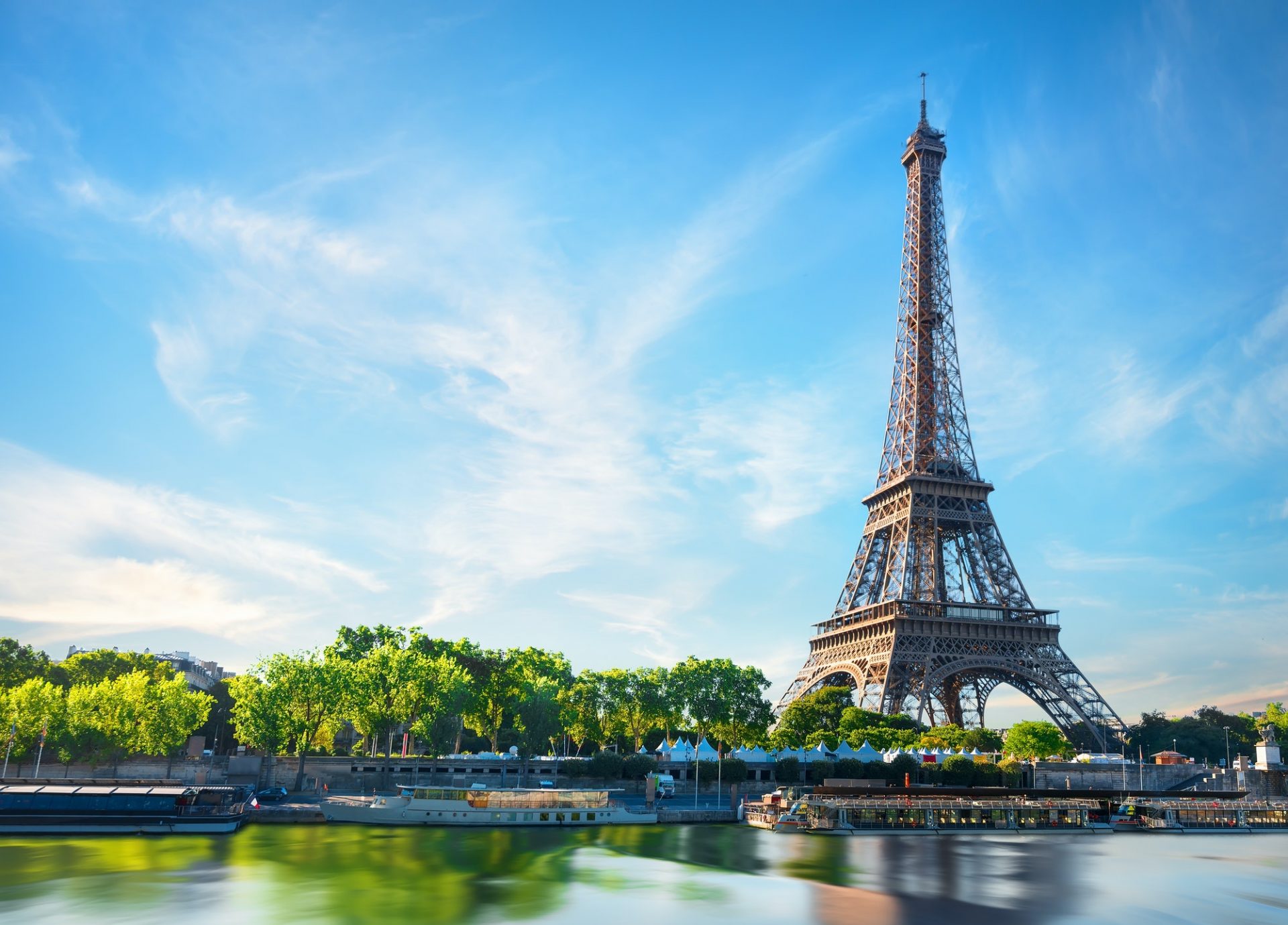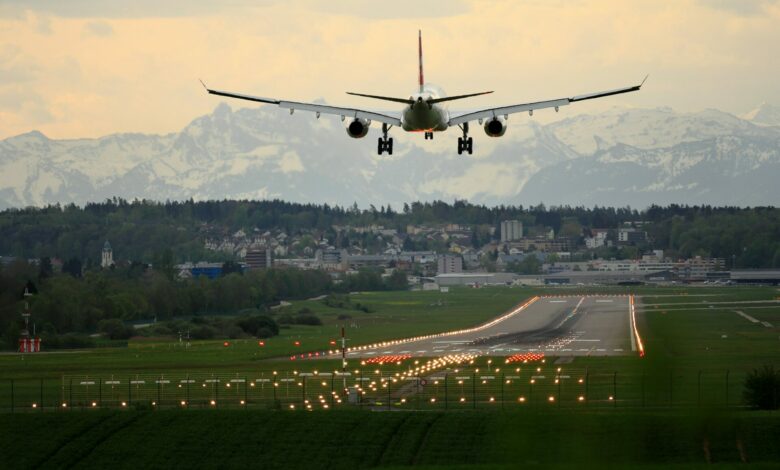
Catch flights not feelings…
This is the phrase we often come across on Instagram bios, as captions under vacation posts or even as life lessons. As tourists or even as natives, landing from the flight and stepping on the airport of a new land is a unique experience. With valid tickets and documents, spending time at the airport waiting to board your flight is a period full of anticipation and curiosity.
Airports these days are very different from what they used to be. We now see a huge transformation in the idea of airports. It is a place for cafes, restaurants, big brands and companies to sell their products. The infrastructure, layout, safety, it being user friendly, cleanliness, appearance, are some of the factors that make an airport “great”. The management of the airport, the staff and the presence accounts to it being a people favorite. There are multiple criteria that the airports need to fulfill in order to ensure the safe travel of passengers and smoothen the travel.
We have listed down 20 of the world’s most beautiful airports based on the above stated category. This list can help you plan your next destination to travel as the airports are the gateway to that place!
Please note that this is a comprehensive list of airports devoid of any ranking for being good is a subjective idea.
World’s 20 Most Beautiful Airports
Chhatrapati Shivaji Maharaj International Airport
Mumbai’s Chhatrapati Shivaji Maharaj International Airport commemorated the tenth anniversary of Terminal 2, a stunningly modern concourse with distinctive architectural elements derived from peacock feathers. The airport has had a huge growth in yearly passengers since the opening of the large terminal in 2014; in 2023, it welcomed 51.58 million passengers, a 35% increase from 2022.
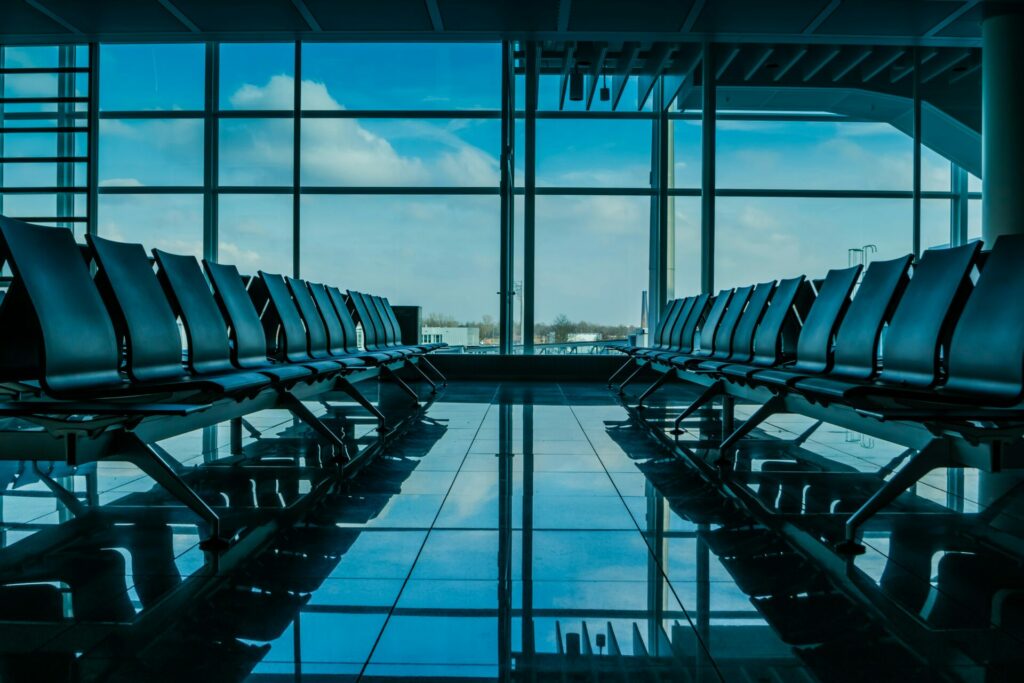
International airlines are expanding their link with Mumbai, India’s most populous city, as a result of the country’s outbound travel boom, which is changing the global tourist business as we know it and contributing to the airport’s sharp increase in traffic. Beginning in 2025, when the brand-new Navi Mumbai International Airport is expected to open to the public, the airport’s aging Terminal 1 will be dismantled and reconstructed.
Singapore Changi Airport
Singapore’s Changi Airport is quite popular among the genZs as the most beautiful airport in the world. It has become a popular destination in and of itself, in addition to being a great starting point for visiting dozens of places in the area: Under a huge glass dome, the airport unveiled the Moshe Safdie-designed Jewel in 2019, which features 14,000 square feet of Canopy Park, indoor woods, and waterfalls.
This airport houses one of the most loved airlines, the Singapore Airlines. There are also outdoor decks, the first airport butterfly garden in the world, a free movie theater open all day, and even a rooftop pool and hot tub with views of the runways.
Istanbul Airport
Istanbul has been at the center of international trade and travel for centuries, so it makes sense that the Turkish city would assume its role as a major global transportation hub in the era of air travel. The new IST was opened in 2018 with much hoopla and ambitious plans to become the largest airport in the world.
Grimshaw Architects’ contemporary design, which has won honors for its focus on sustainability and efficiency, has received plaudits. With high-tech features like a fleet of robots to guide travelers through the 818-million-square-foot hub and a runway that can handle 90 planes per hour, IST has established itself as a significant player in the world and overtook Singapore as the leading international airport this year.
Hamad International Airport – Doha
With facilities including a fitness center, squash courts, and an indoor pool, Doha’s airport feels more like a resort hotel than a busy transportation hub. It serves as a major connecting hub for Qatar’s national airline, which is also a Readers’ Choice choice. It has received great reviews for its first-rate amenities, which include a variety of lounges, quiet rooms, and kid-friendly entertainment areas for travelers in all flight classes.
If you’re on a longer layover, there’s a nice hotel inside the terminal that offers half-day or full-day rates. If your shoulders are a little tight from the long journey, you can use the hotel’s golf simulator to relax.
Zurich Airport
Being the biggest international airport in Switzerland, Zurich serves as the primary hub for Swiss, which runs first-class and business-class lounges. Thanks to the presence of whiskey bars and champagne, such clubs are no joke.
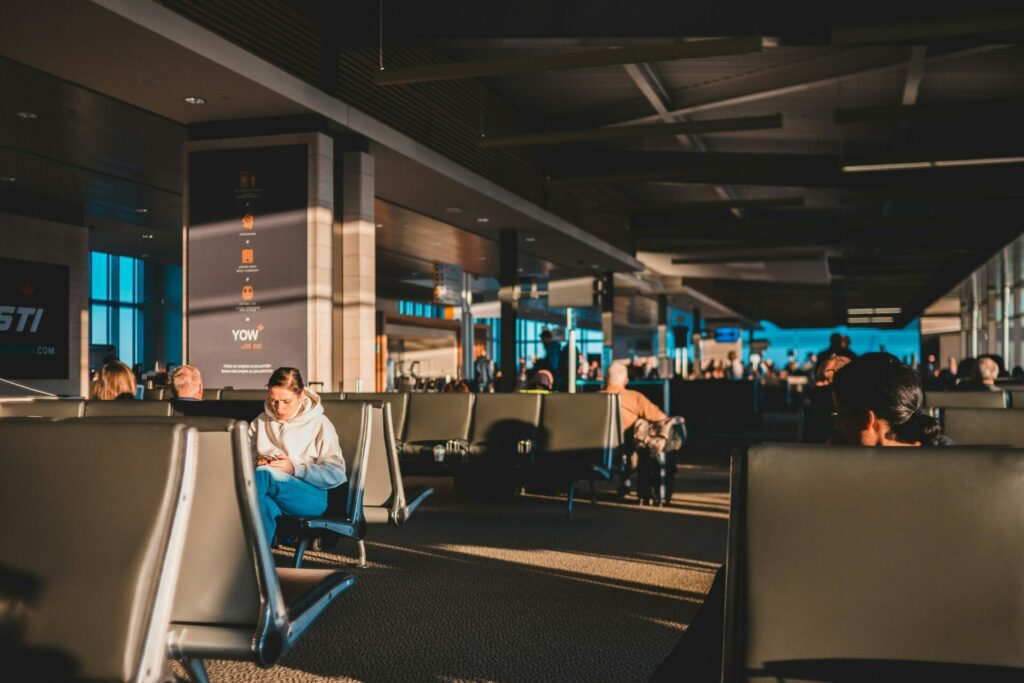
Are you trying to find a duty-free chocolate store? You can peruse dozens of stores here. In addition, readers like the range of eateries and bars, as well as the outdoor observation deck that offers expansive views of the runway action when the weather permits.
Hong Kong International Airport
With an Airport Express that whisks passengers from the terminal to the city center in twenty-four minutes, Hong Kong’s international airport provides quick access to the city from its island aerie. With service to dozens of locations in mainland China alone, it’s also one of the best connecting hubs in the area.
Layover travelers enjoy the Regal Airport Hotel, which Skytrax regularly rates as one of the greatest airport hotels in the world, as well as the extensive selection of first-class lounges and facilities including sleep rooms. Beyond convenience, the Regal has seven restaurants, bars, and pastry shops in addition to the Thai-inspired OM Spa, which provides services like an aromatherapy massage with rosemary, ylang ylang, and blue chamomile.
Dubai International Airport
Due to its immense size, Dubai International Airport is the second-largest building in the world in terms of floor space, with Terminal 3 alone occupying 18.4 million square feet. The most beautiful airport has one of the largest duty-free shopping complexes in the world, which is not surprising for a city that values luxury.
Over the years, it has also added eye-catching features like a resident DJ program. In addition to being served by other international airlines, it serves as the base for the Readers’ Choice favored flag carrier Emirates and has long been a well-liked layover location for North American tourists traveling to East Asia or the South Pacific. During a layover of any duration, amenities like nap pods and zen gardens help pass the time.
Tokyo Haneda Airport
Previously a domestic airport, Haneda in Tokyo is now seeing an increase in long-distance flights as well as a significant international following. Why is it so popular? It’s simply not Narita, the nation’s busy international center, which is 45 miles from the capital and is well-known for its $200 taxi cost, among other things.
Despite being only ten miles from the city center, Haneda, one of the world’s most beautiful airports, receives great reviews for its terminals’ comfort and cleanliness, its extensive selection of restaurants and shopping options, and its quick and effective transit connections to downtown Tokyo.
Seoul Incheon International Airport
Since its 2003 opening on reclaimed land in the port city of Incheon, Seoul’s primary international airport has been growing: In 2018, the airport opened a second passenger terminal as part of its plan to double its capacity to handle 100 million people a year.
Incheon International, which mostly serves Korean and Asiana, the nation’s two major airlines, is commended for its large VIP lounges and facilities, which include a spa, an indoor skating rink, and a “Cultural Street” featuring regional food and dance performances. The journey from the terminal to the city center takes 43 minutes thanks to a high-speed train link, despite the fact that it is 30 miles from the capital.
Paris CDG Airport
Charles de Gaulle Airport (CDG) is Paris’ largest and busiest airport, located about 25 kilometers north of the city center. It serves as a major international hub, with over 70 million passengers annually. CDG has three terminals: Terminal 1, Terminal 2 (split into several sections), and Terminal 3. It is a primary base for Air France and offers a wide range of amenities, including lounges, duty-free shopping, restaurants, and free Wi-Fi.
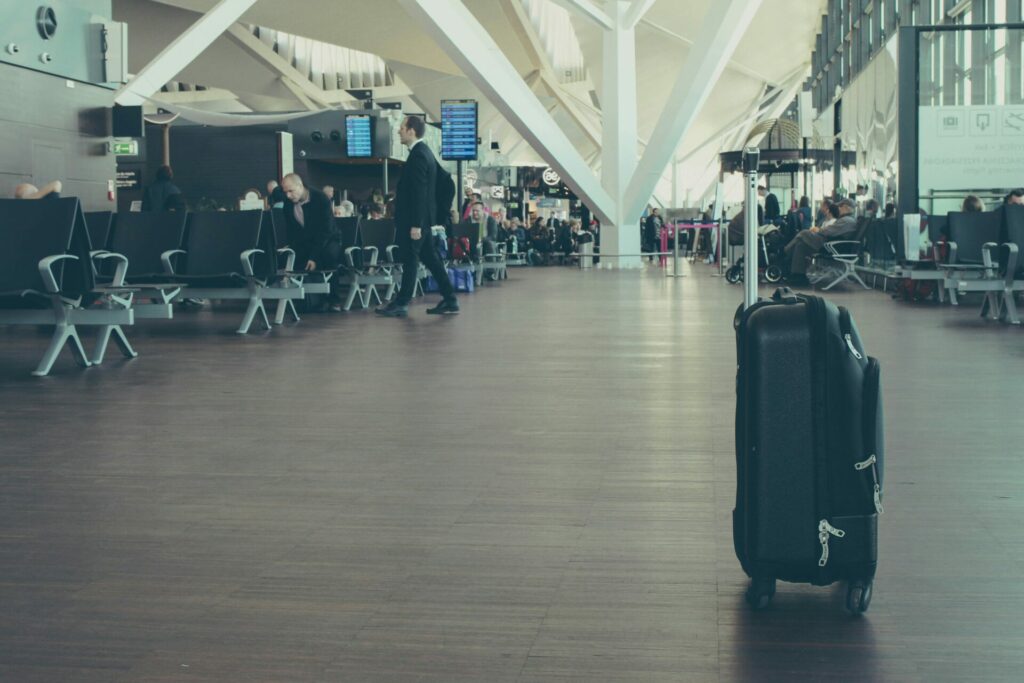
The airport is counted among the most beautiful airports of the world, and is well-connected to Paris through the RER B train, buses, and taxis. It also provides services such as luggage storage, currency exchange, and VIP assistance. CDG is renowned for its modern architecture and efficient passenger flow.
Munich International Airport
Munich Airport (München Flughafen) is Germany’s second-busiest airport, located about 28 kilometers northeast of Munich city center. It consists of two terminals, Terminal 1 for non-Schengen flights and Terminal 2 for Schengen flights and international connections, operated mainly by Lufthansa.
The airport serves over 45 million passengers annually and is a major hub for both domestic and international travel. Munich Airport offers extensive facilities, including duty-free shopping, restaurants, lounges, and a visitors park with a mini golf course. It is well connected to the city via the S-Bahn, buses, and taxis. This most beautiful airport is known for its high standards of service and efficiency. Additionally, it provides various services like luggage storage, VIP lounges, and business facilities.
Tokyo Narita Airport
Narita International Airport (NRT) is Tokyo’s primary international and most beautiful airport, located about 60 kilometers northeast of the city center. It serves as a hub for international flights, handling millions of passengers annually. The airport has three terminals: Terminal 1 for international flights, Terminal 2 for both international and domestic flights, and Terminal 3 for budget carriers. Narita offers a range of amenities, including duty-free shopping, dining options, lounges, and free Wi-Fi.
It is well connected to Tokyo via the Narita Express (N’EX), buses, and taxis. The airport provides services like currency exchange, luggage storage, and travel information. Narita is known for its efficient operations and modern facilities. Additionally, the airport offers a wide variety of shops, including traditional Japanese stores.
Vancouver International Airport
Vancouver International Airport (YVR) is located about 12 kilometers south of downtown Vancouver, British Columbia, Canada. It is the second-busiest airport in Canada, handling over 25 million passengers annually. YVR has two main terminals: the International Terminal and the Domestic Terminal, both well-equipped with modern amenities.
The airport offers a variety of services, including lounges, duty-free shopping, dining options, and free Wi-Fi. It is connected to the city by the Canada Line SkyTrain, buses, and taxis. Vancouver Airport is known for its excellent customer service and sustainable practices, including its green initiatives, which make it popular among people as one of the world’s most beautiful airports. Passengers can enjoy cultural displays, art exhibits, and beautiful views throughout the airport. Additionally, YVR provides services like luggage storage, currency exchange, and VIP lounges.
Vienna International Airport
Vienna International Airport (VIE) is located about 18 kilometers southeast of Vienna’s city center, serving as Austria’s busiest airport. It handles both domestic and international flights, with over 30 million passengers annually. The airport has two terminals: Terminal 1 for low-cost and regional flights, and Terminal 3 for long-haul and international services.
Vienna Airport offers a variety of facilities, including shopping, restaurants, lounges, and free Wi-Fi. It is well-connected to the city via the City Airport Train (CAT), buses, and taxis. The airport is known for its efficiency and high-quality customer service. Passengers can also access services like currency exchange, baggage handling, and VIP lounges. Additionally, Vienna Airport has sustainable practices and strives for eco-friendly operations.
Melbourne International Airport
Melbourne Airport (MEL), also known as Tullamarine Airport, is located about 23 kilometers north of Melbourne’s city center. It is the second-busiest airport in Australia, handling millions of passengers annually. The airport has four terminals: T1 for domestic flights, T2 for international flights, T3 for domestic services, and T4 for budget carriers. Melbourne Airport offers a range of amenities including duty-free shopping, dining options, lounges, and free Wi-Fi.
This most beautiful airport is well connected to the city by the SkyBus, taxis, and private shuttle services. The airport is known for its modern facilities and efficient passenger services. It also provides services like currency exchange, baggage handling, and car hire. Additionally, Melbourne Airport emphasizes sustainability with green initiatives and environmental practices.
Rome Fiumicino Airport
Rome Fiumicino Airport (FCO), officially known as Leonardo da Vinci International Airport, is located about 32 kilometers southwest of Rome’s city center. It is Italy’s busiest airport, serving over 40 million passengers annually. The airport has four terminals: Terminal 1 for domestic flights, Terminal 2 for low-cost carriers, Terminal 3 for international flights, and Terminal 5 for long-haul and intercontinental flights.
Fiumicino offers a wide range of services, including shopping, dining, lounges, and free Wi-Fi. It is well connected to Rome through the Leonardo Express train, buses, and taxis. The most beautiful airport is known for its modern facilities and efficient operations. Fiumicino also provides services like currency exchange, baggage handling, and VIP lounges. It has a strong focus on sustainability, implementing eco-friendly practices.
Helsinki Airport
Helsinki Airport (HEL), located around 19 kilometers from central Helsinki, is Finland’s largest and busiest airport. It serves as a key hub for both domestic and international flights, with over 20 million passengers traveling through each year. The airport features two main terminals: Terminal 1 for non-Schengen flights and Terminal 2, which handles Schengen and international flights.
Passengers can enjoy a variety of services, including shopping, dining, free Wi-Fi, and lounges. Helsinki Airport is well connected to the city by the Ring Rail Line, buses, and taxis. The airport is recognized for its efficiency, modern design, and welcoming atmosphere, making it stand out among the most beautiful airports of the world. It offers services such as currency exchange, baggage handling, and car rentals. Sustainability is also a key focus, with eco-friendly practices integrated throughout the airport.
London Heathrow Airport
London Heathrow Airport (LHR) is the busiest airport in the United Kingdom and one of the world’s busiest, located 23 kilometers west of central London. It has five terminals: Terminal 1 (closed in 2015), Terminal 2, and Terminal 3 for international flights, and Terminals 4 and 5 for both international and long-haul flights. Heathrow handles over 80 million passengers annually, with numerous global airlines operating from the airport.
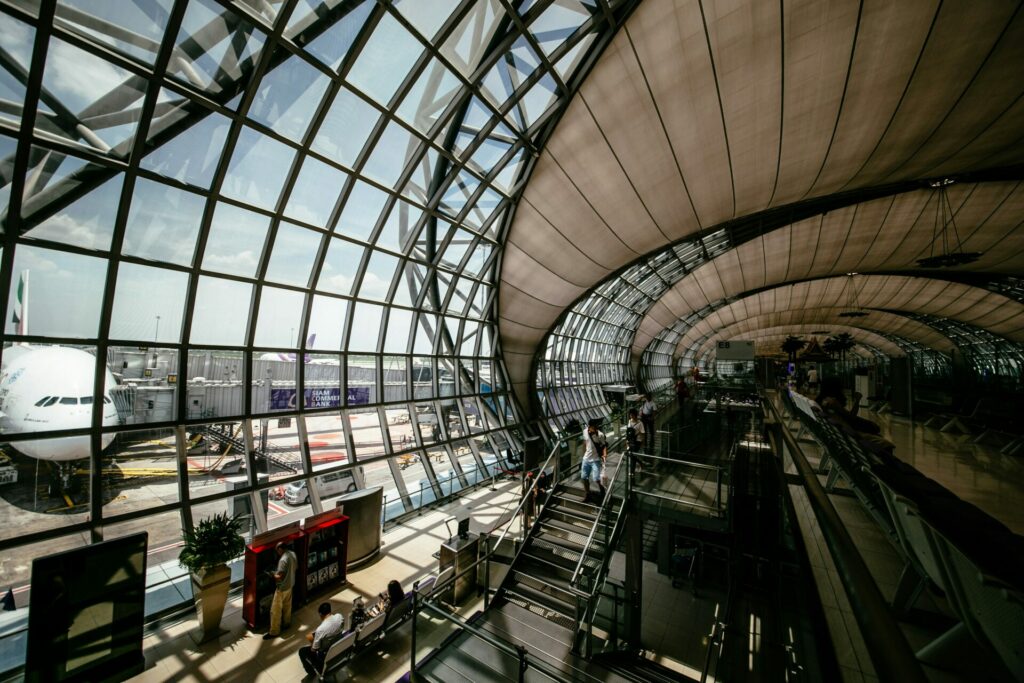
The beautiful airport offers a wide range of amenities, including luxury shopping, dining options, lounges, and free Wi-Fi. It is well connected to central London via the Heathrow Express, the Piccadilly Line of the London Underground, buses, and taxis. Passengers can access services like currency exchange, baggage handling, and car hire. Heathrow is known for its efficient service and modern facilities. The airport also focuses on sustainability, implementing green initiatives and reducing its environmental impact.
Madrid Barajas Adolfo Suárez Airport
Madrid-Barajas Adolfo Suárez Airport (MAD) is Spain’s busiest airport, located about 12 kilometers northeast of Madrid’s city center. It has four terminals: Terminal 1 for international flights, Terminal 2 for both domestic and international flights, Terminal 3 for budget carriers, and Terminal 4, the largest, for long-haul and international flights. The airport handles over 50 million passengers annually and is a major hub for Iberia Airlines.
Madrid-Barajas offers a wide range of services, including shopping, dining, lounges, and free Wi-Fi. It is well connected to the city by the Metro, buses, and taxis. Passengers can access services like currency exchange, baggage handling, and car rentals. The most beautiful airport is known for its modern architecture and efficient operations. It provides a comfortable travel experience with excellent passenger facilities.
Seattle-Tacoma International Airport
Seattle-Tacoma International Airport (SEA), commonly known as Sea-Tac, is located about 19 kilometers south of downtown Seattle, Washington. It is the largest airport in the Pacific Northwest and serves over 50 million passengers annually. The airport has two main terminals: the North Terminal for international flights and the South Terminal for domestic flights. Sea-Tac is a hub for Alaska Airlines and handles a wide range of domestic and international flights.
The airport offers numerous amenities, including shopping, dining, lounges, and free Wi-Fi. It is well-connected to Seattle by light rail, buses, and taxis. Passengers can also access services like currency exchange, baggage handling, and car rentals. Sea-Tac is known for its efficient operations and traveler-friendly environment.
The world’s 20 most beautiful airports represent the pinnacle of modern aviation, blending efficiency, innovation, and luxury to create exceptional travel experiences. These airports not only offer world-class facilities, but also excel in customer service, ease of navigation, and overall convenience for passengers. Their consistent rankings highlight their commitment to providing the best possible airport experience for passengers worldwide.


